Intermediates
Gallantry and accessories
Blog Piekiełka
Kayan women's jewelry - a second look
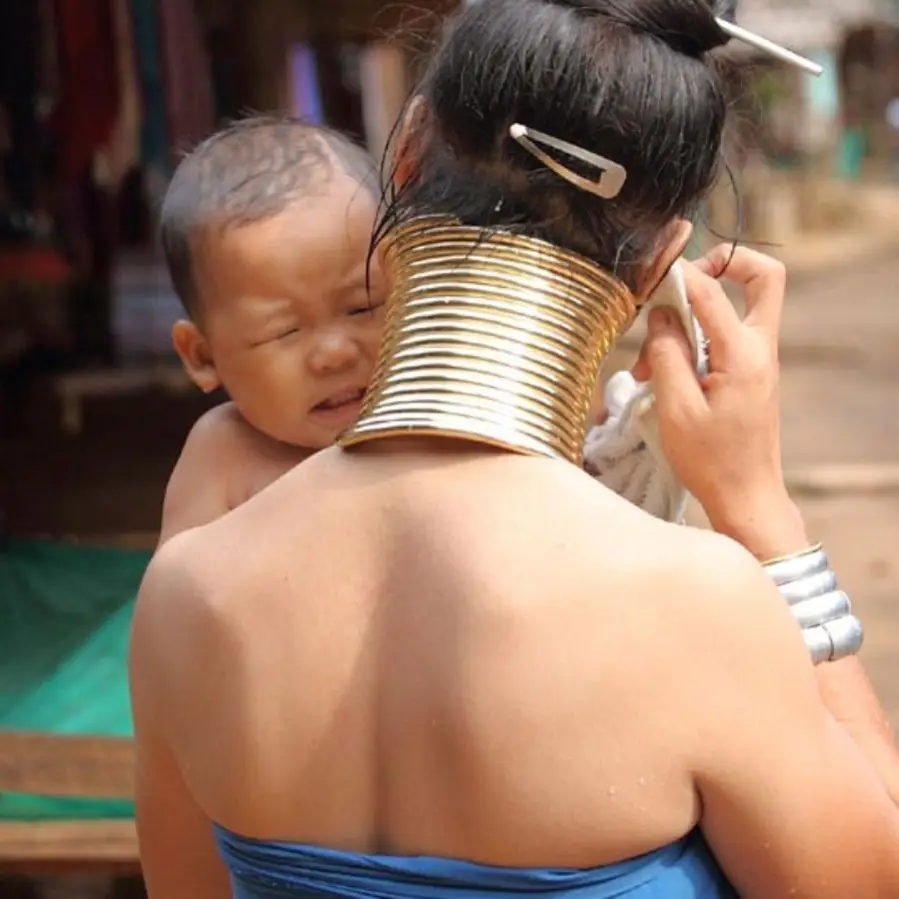
It turns out that anything can be a commodity for sale, even the external appearance of women, provided, of course, that buyers can be found. Travel agencies lure amateurs of exotic tours with "the possibility of a unique contact with the real, untouched by civilization, natural life of a mountainous nation."
In reality, tourists pay no small amount of money to enter a kind of open-air museum with a "Long Neck Karen" decorated especially for them. What remains as a souvenir is a photo of a "woman with a giraffe's neck" and possibly some "sensational" tidbit tossed in by the guide. If only out of respect for the centuries-old culture and traditions of the Kayan people, it is worth taking a second look at the original jewelry of their women.
Origin of the Kayan
The Kayan people belong to the Karen group and arrived in the area of present-day Myanmar (Burma) at the end of the first millennium AD retreating before the expansion of the Chinese. Used in some languages, the name "Padaung" comes from the Shan language (an ethnic group in Myanmar). They called the women of their neighbors "Yan Pa Daung," which means "people wrapped in shiny metal." The name was adopted by the Burmese and Thais, but the people themselves used to refer to themselves as "Kekawngdu," and nowadays they mostly use the name Kayan. The Kayan are divided into four clans, and clan membership can be identified by the appearance of the outfit and whether jewelry is worn on the neck, arms and/or legs. Ornaments worn around the neck are a characteristic of the Kayan Lahwi clan.
There are countless rumors and false information about Kayan women's jewelry. Many of these have come from ethnologists who have presented speculative theories as facts, while others have been let loose by tour operators and spread by tourists, or by the media without bothering to check the credibility. Here are some popular misinformation:
- Rings
Contrary to widespread opinion, Kayan jewelry does not involve individual "rings" that are cuffed around the neck or arms and legs one by one, but multi-coiled spirals 30 to 40 cm in diameter. Only during the application are they coil by coil fitted to the body by skilled and strong women (shamans used to do this). The raw material for the coils consists of brass and is produced in Myanmar. Previously, precious gold and silver alloys as well as brass and copper were in use. - Giraffe neck
The tradition of spiral jewelry gained local notoriety as early as the Middle Ages. Kayan women were brought to the royal palace in Mandalay as an attraction. Soon travelers and anthropologists became interested. Vitold de Golish, a well-known researcher and traveler of Polish descent, who visited Burma in the 1950s, was the first to provide a comprehensive description of the Kayan people and coined the term "female giraffes." Incidentally, the people concerned themselves find the term offensive. For a long time it remained a mystery how women's cervical vertebrae could elongate so much. It wasn't until American physician Dr. John Keshishian, using x-rays, x-rayed - literally and figuratively - the mystery of Kayan anatomy. To his surprise, no part of the spine had elongated. Instead, the entire clavicle, including the ribs, was so severely deformed under the weight of the metal that the impression was of an extremely long neck. Flat shoulder spirals, which optically lengthen the lowered shoulders, further reinforce this illusion. - Protection from tigers
What caused the Kayan to choose to hang heavy ornaments and inflict physical suffering on themselves because of it is difficult to explain clearly today. The well-known thesis that neck spirals would protect women from tiger attack, they themselves put between fairy tales. - Death penalty for adultery
Also, the belief that unfaithful wives were once condemned to death by having their necks snapped after the neck coils were removed is only a legend, since the dormant neck muscles soon return to action. It is possible, however, that certain transgressions were punished by depriving the woman of her jewelry, in order to humiliate the punished: violating tradition without valid reasons (such as illness) brought shame for a long time and excluded her from the community. - Kayan women wearing necklaces were unattractive in the eyes of their neighbors
Legends about dragons aside, it seems rational to explain this peculiar custom with a defense against the kidnapping of women, which was common in ancient times. Well, the shiny jewelry and the anatomical effects of wearing it were already visible from a distance, making Kayan women very troublesome prey and consequently protecting them from robbers. Women from another Karen group, for the same reason, extended their auricles with weights. When kidnapping women went out of fashion, the jewelry survived, as an amulet: it could protect against bandits, so it could just as effectively protect against demons. - A woman with a necklace had to drink through a straw because she couldn't tilt her head
Not true: just raise the glass a little higher.
Despite the considerable weight of the jewelry around their necks and on their arms and legs, Kayan women excel at walking over mountainous terrain (terraced fields) and up ladders (buildings on stilts).
As for scenic villages like Nai Soi and others, where Kayan women are treated like exhibits to be seen and touched, they seem to bring more shame and embarrassment to the "tourists" (an entrance ticket of 250 THB = about 28 PLN) than to the women, who prefer this work to idleness in refugee camps. And the spiral necklaces made of gold or silver, modeled on the jewelry of Kayan women (but not literally in terms of size and weight) may, after all, appeal to Polish women as well.
Ethnic Jewelry
-

Adjustable larimar ring - a charm on the hand
260,00247,00 -
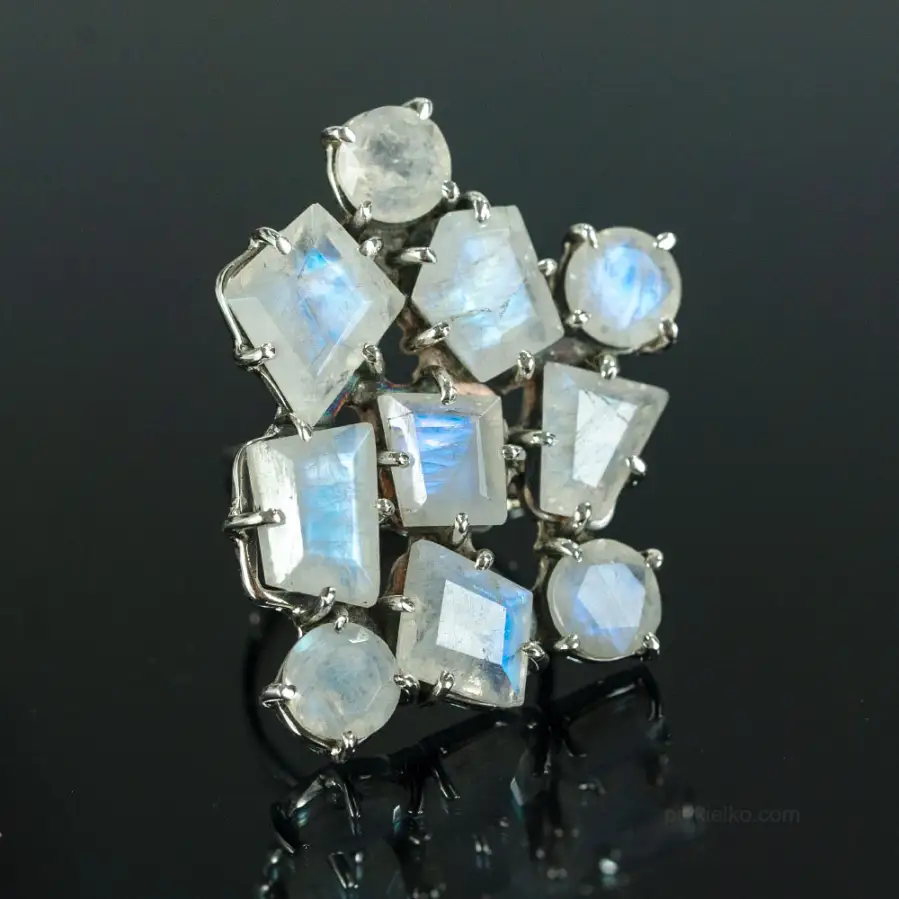
Lunar Magic Glow
530,00478,33 -
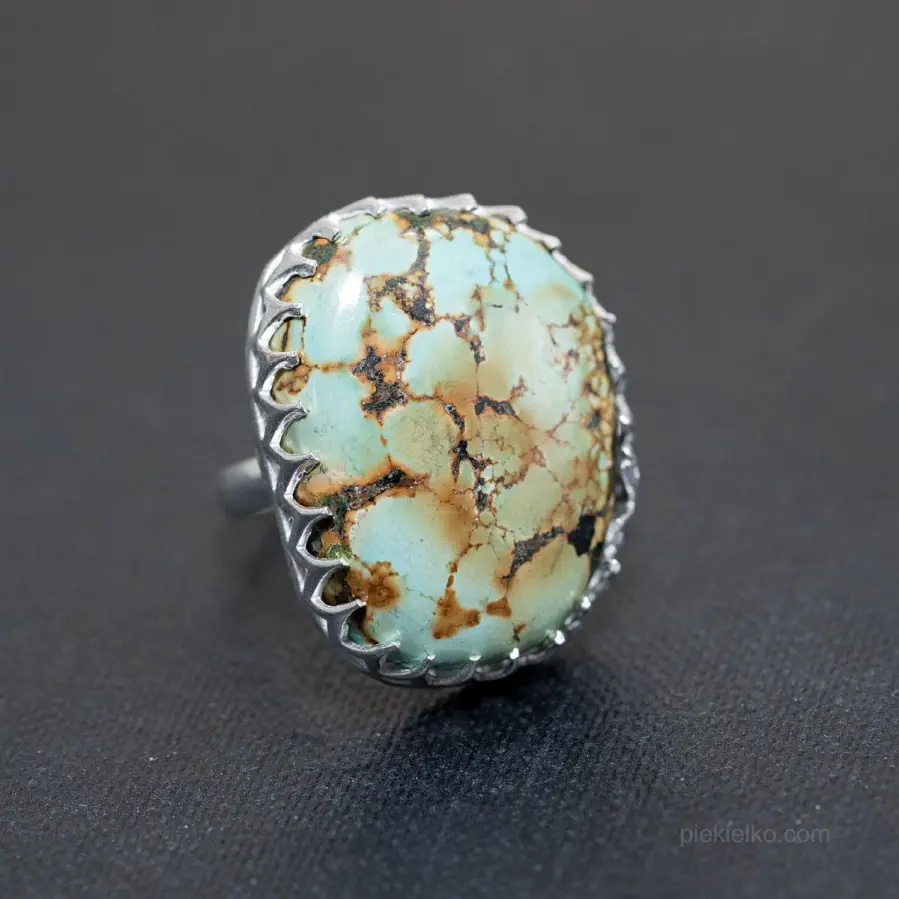
Ring with natural turquoise
152,0086,64 -
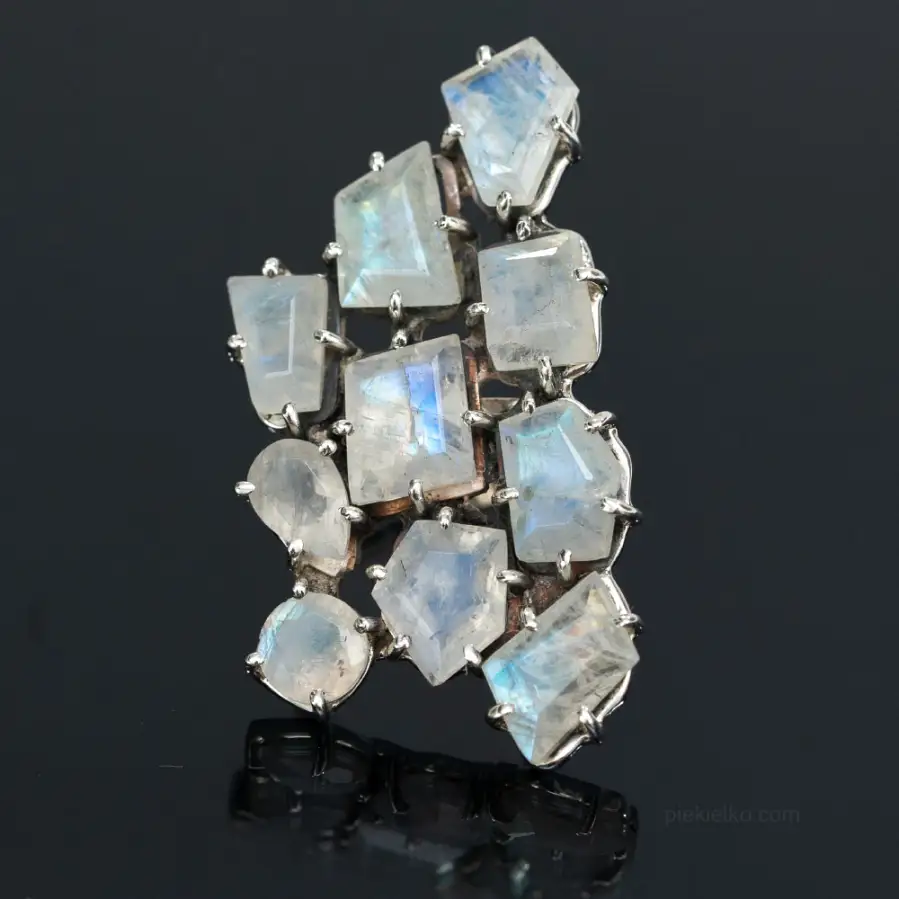
Big ring with moonstones
560,00505,40 -

Silver ring with pink agate from Botswana
350,00315,88 -
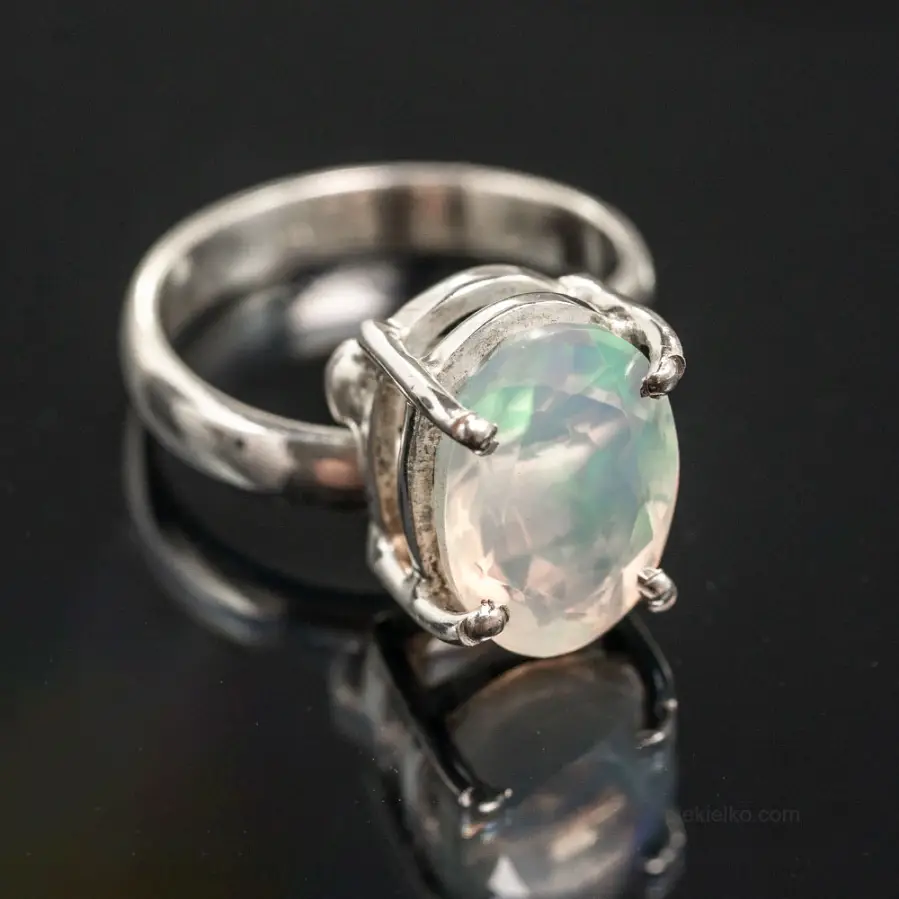
Opal magic - A ring that will enchant
530,00478,33 -
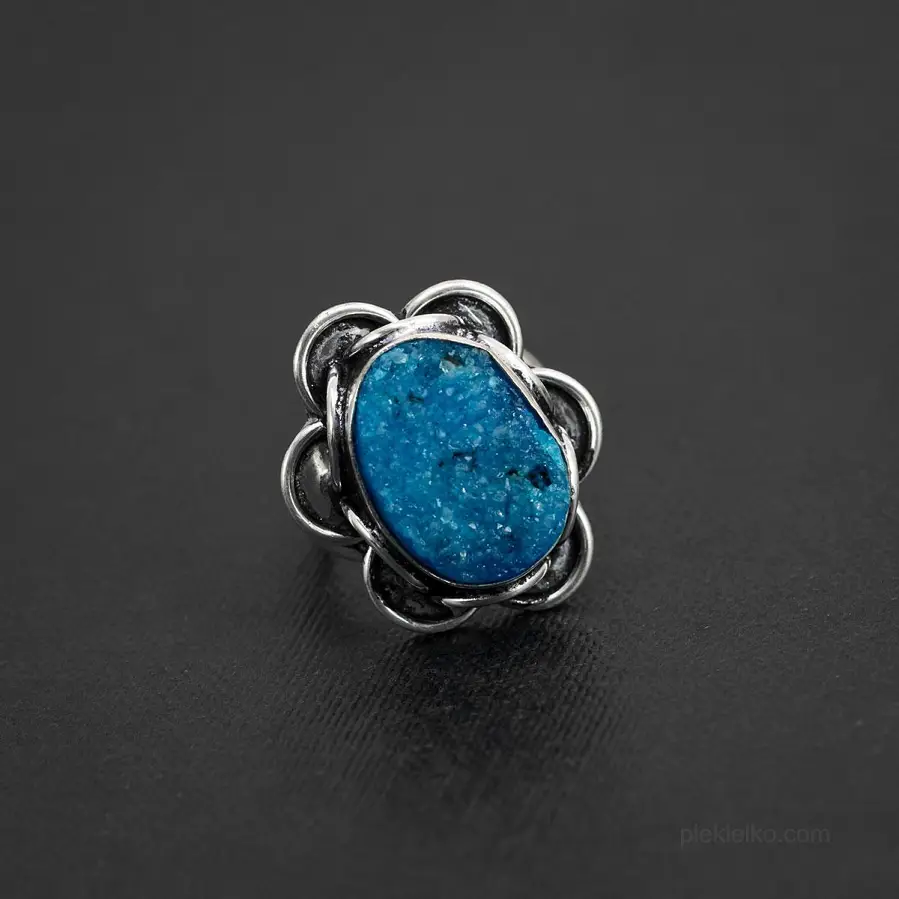
Quartz sugar druzy ring
155,0088,35 -
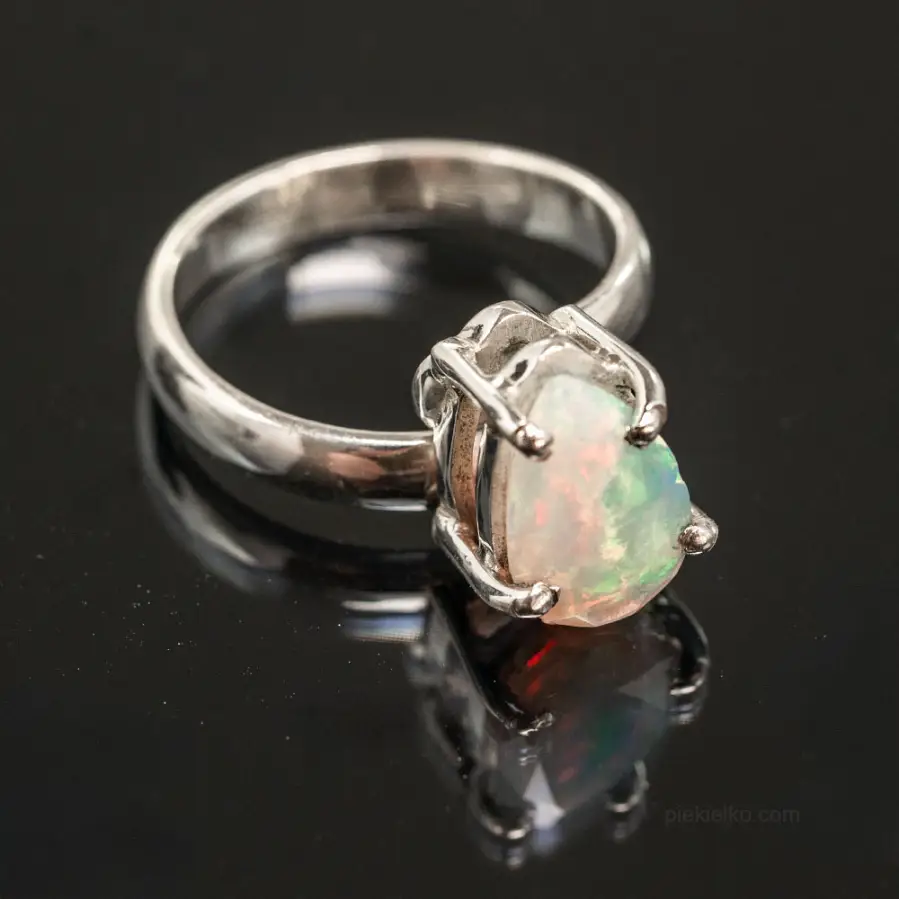
Small ring with natural opal
420,00379,05 -

Large Silver Ring with Natural Amethyst
560,00505,40 -
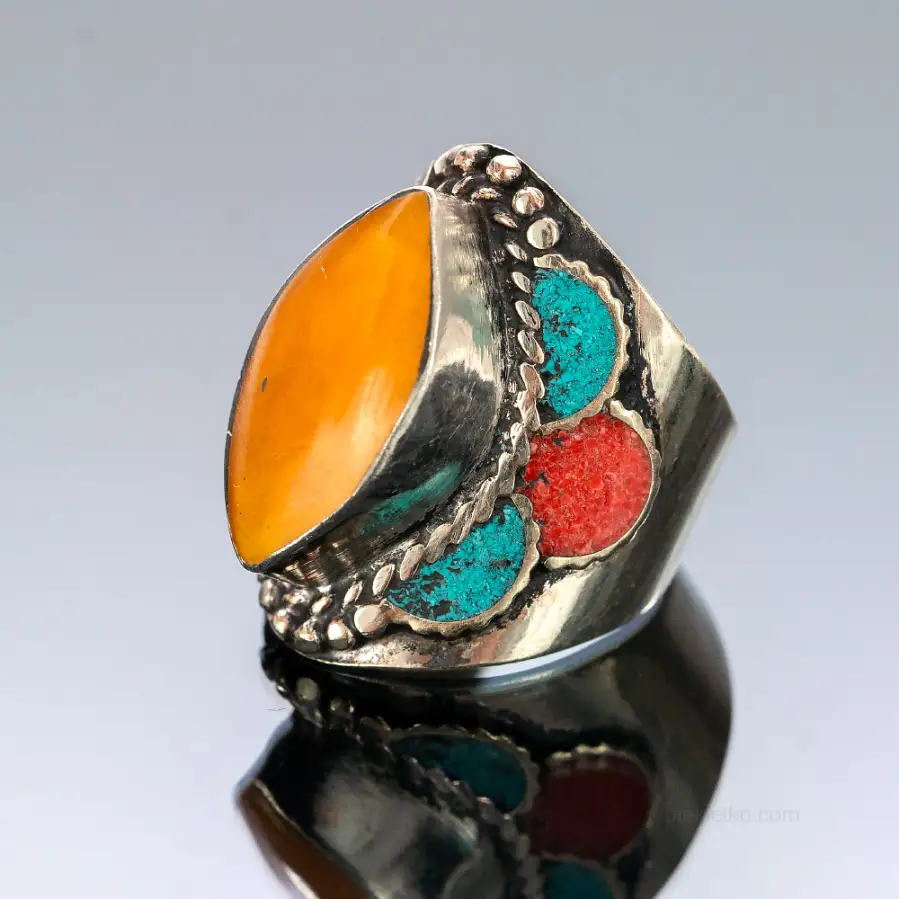
Nepalese signet ring with amber and colors
250,00237,50 -

Silver-plated larimar ring – elegance by nature
260,00247,00 -
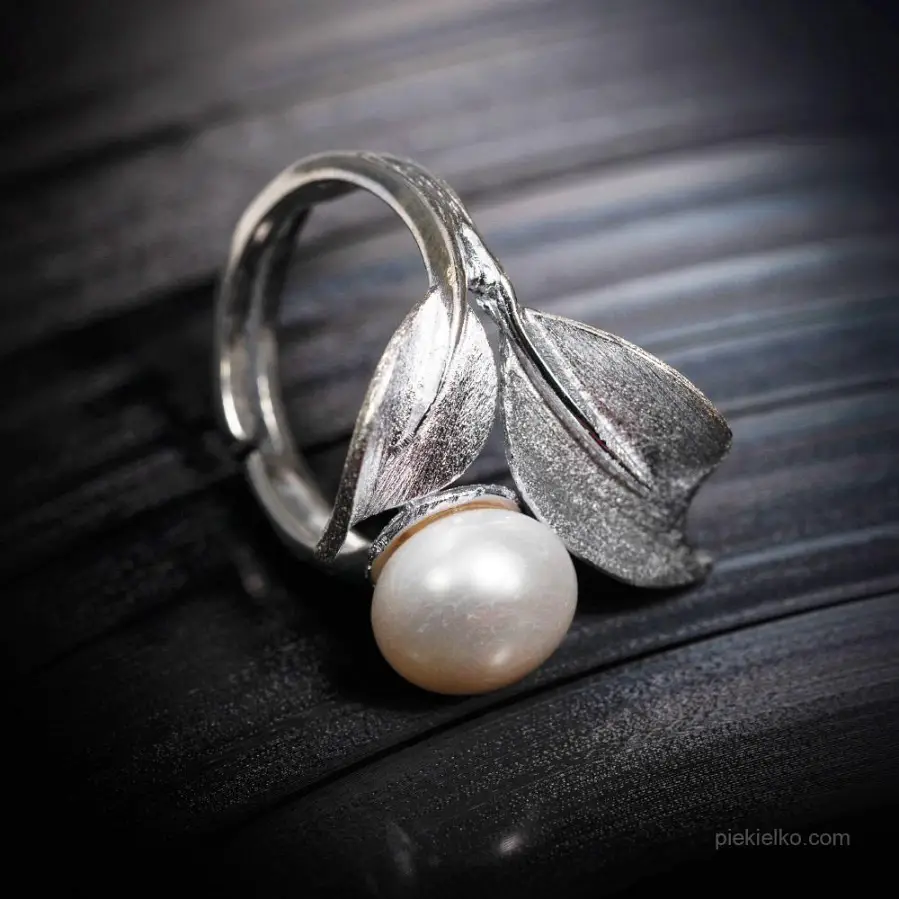
Silver ring with a pearl
357,00322,19 -
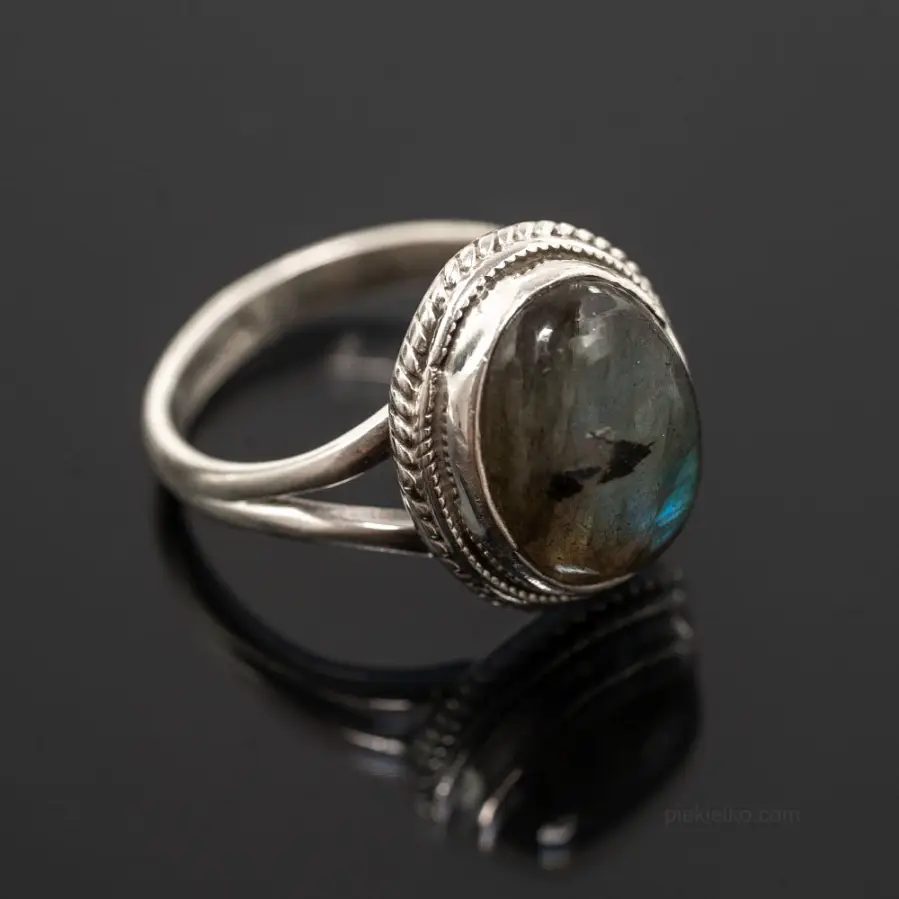
Oval natural blue labradorite ring
260,00234,65 -

Subtlety and sophistication - a larimar ring
250,00237,50 -
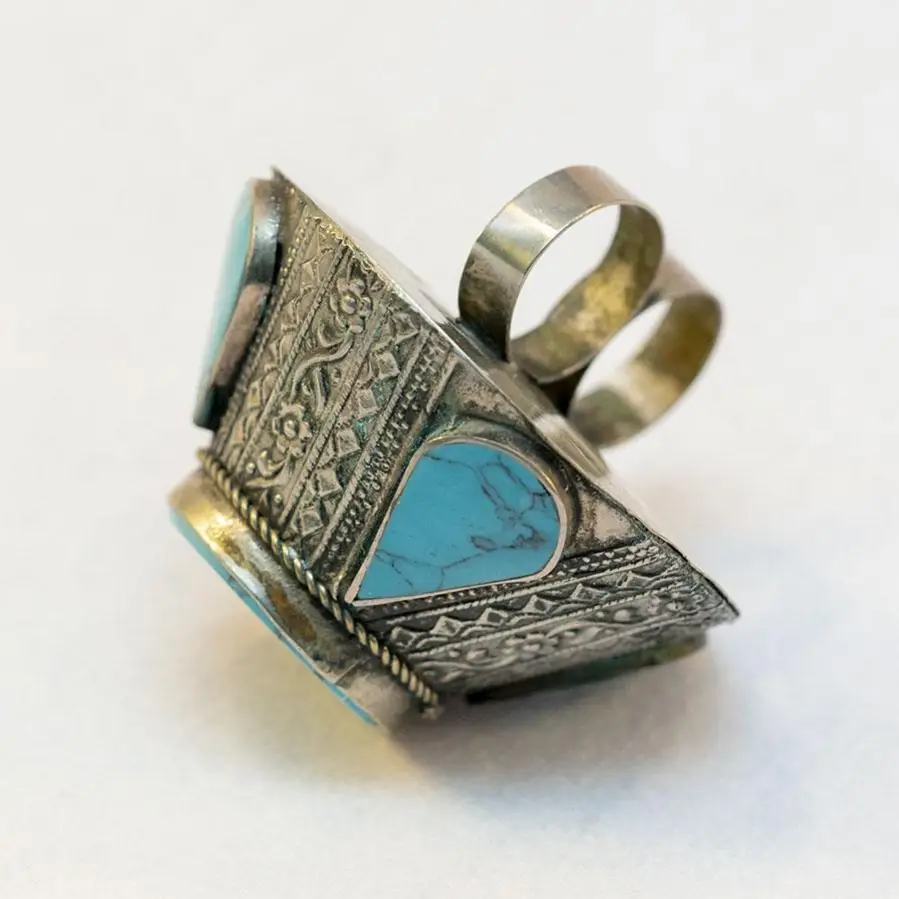
Afghan ring for 2 fingers
315,00299,25 -
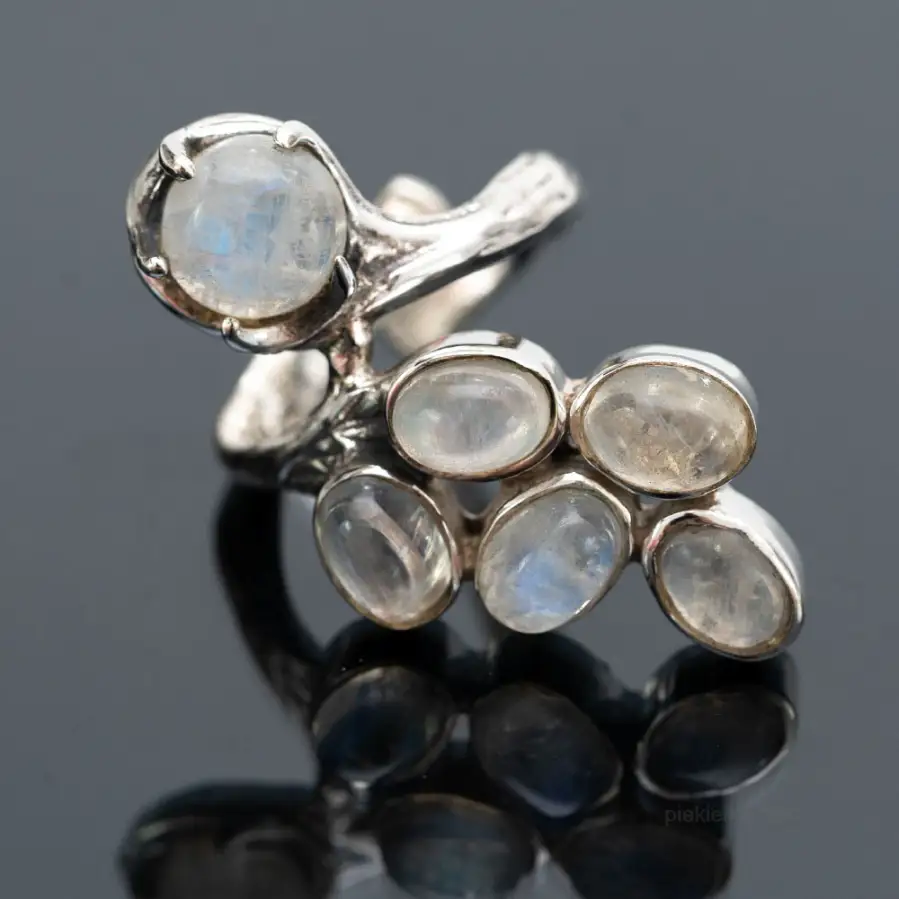
Elvish adjustable ring with moonstone
480,00433,20 -
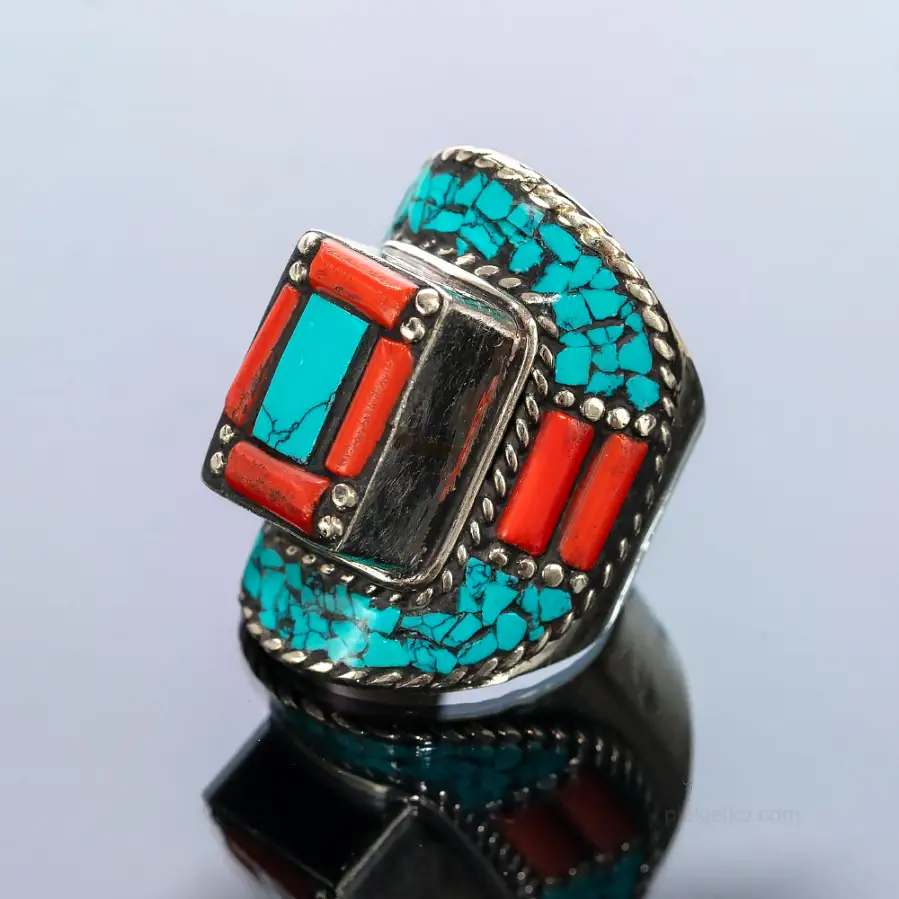
Nepalese ring with turquoise and coral
290,00275,50 -
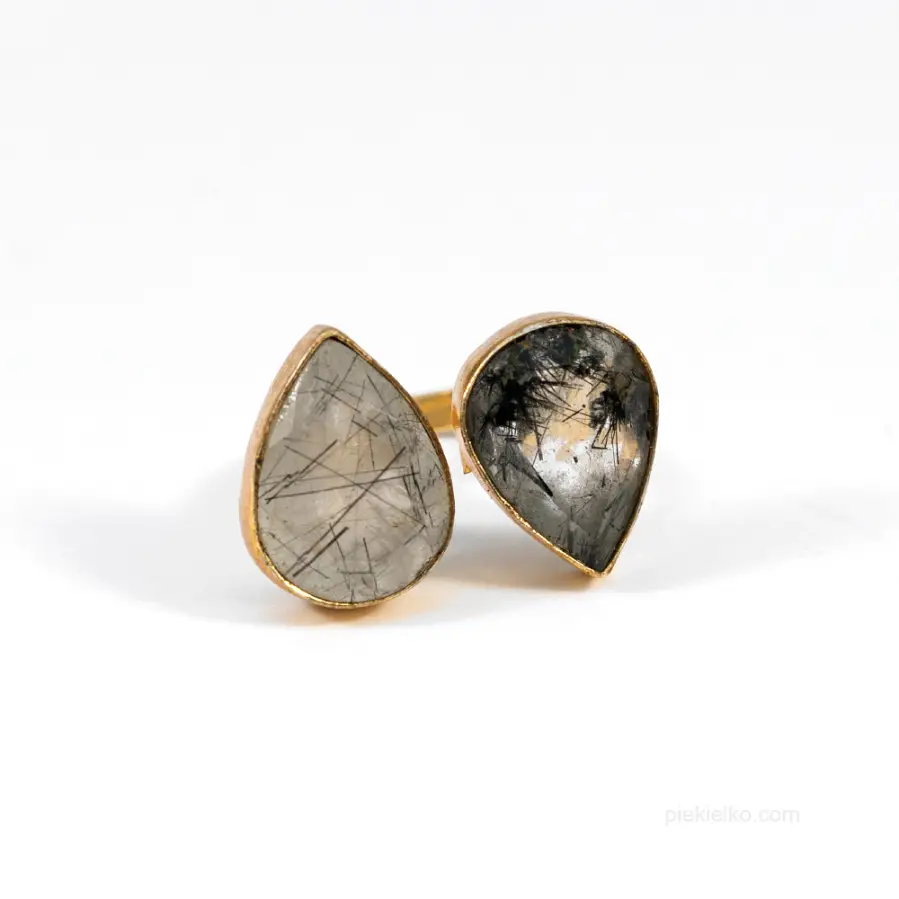
Rutile Shine, a unique ring for the brave
220,00209,00 -
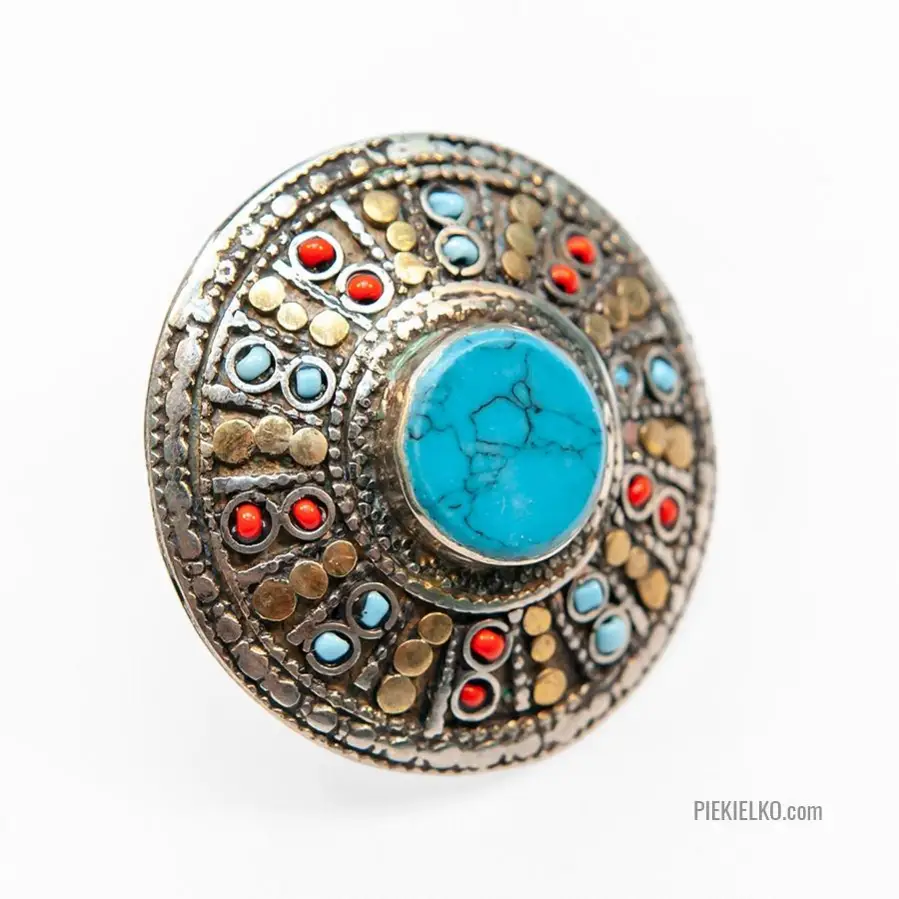
Arabic Kuchi ring
119,00113,05 -

Royal Elegance – Silver Signet Ring with Faceted Lapis Lazuli
420,00379,05



© Piekielko.com

